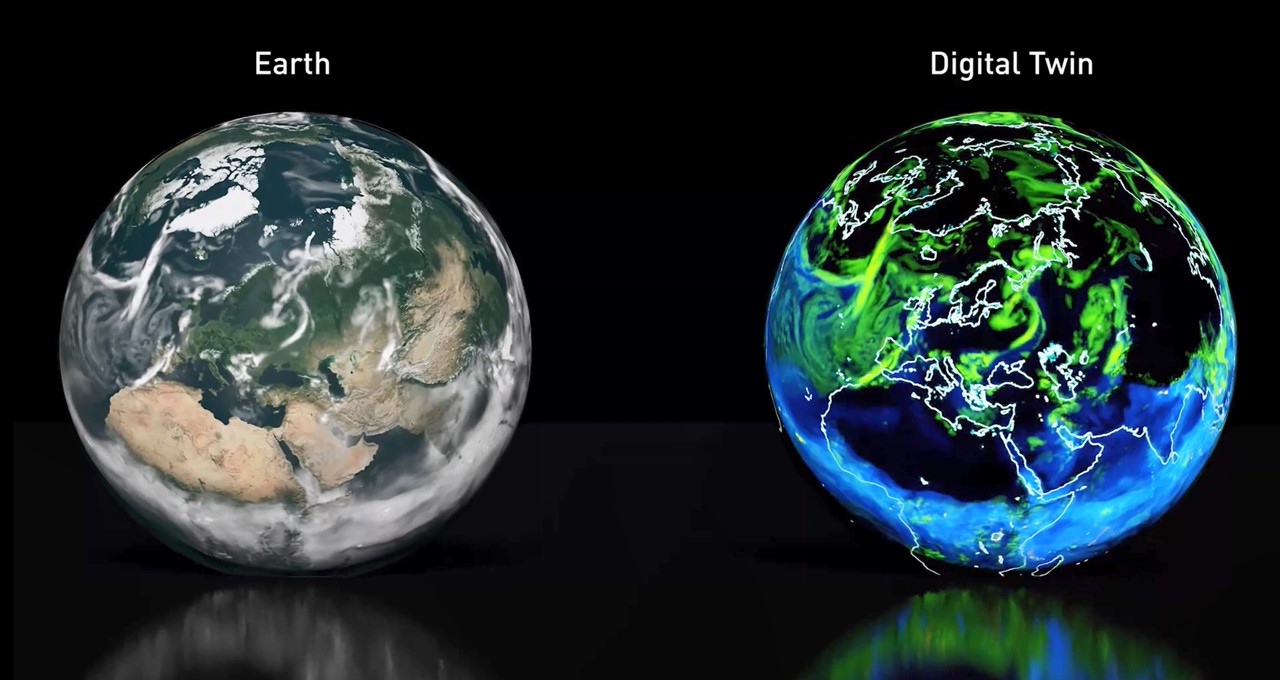
Virtual try-on has revolutionized shopping, especially in the beauty sector, making it easier and more inspiring to visualize products on oneself. Today, consumers can express themselves through various channels in the digital universe.
Technology has also improved customer experience, brand engagement, and personalization. A study revealed that 92% of Gen Z consumers are interested in augmented reality when shopping. Now, leading brands like Yves Saint Laurent, Fenty, Avon, and CoverGirl offer tools for trying augmented reality at home.
Numerous Touchpoints
During product launches, brands today use various touchpoints, such as virtual popups, augmented reality filters, and immersive screens. These techniques aim to increase brand exposure, establish consumer connections, and expand reach.
Prada Paradoxe exemplifies how the lines between reality and digital space have blurred. The brand invited followers to explore the fragrance concept in a digital realm, encouraging constant self and identity evolution. This idea was showcased in a short film featuring Emma Watson, which premiered globally on digital channels.
VR and AI
Artificial intelligence and virtual reality are crucial for the growth of beauty retail. Retailers and brands utilize AI to enhance their services and offer omnichannel experiences.
Presently, personalized beauty products are in high demand, with around 80% of customers preferring brands offering such products. Using this approach, leading beauty brands have increased their revenue by 15% and made marketing more efficient by 30%, as per Epsilon research. AI plays an invaluable role in achieving this.
The beauty industry is increasingly adopting AI and VR to enhance the communication and visualization of products for consumers. The technology offers benefits such as sharing personal preferences more frequently and companies responding based on data accrued from AI platforms.
Consumers can also save time and travel by using AI and VR tools to visualize new products and shades at home. The industry’s output and landscape are rapidly changing with AI and VR, and it will be exciting to see where technology leads us in the next five years.
Featured image from Shutterstock.com



